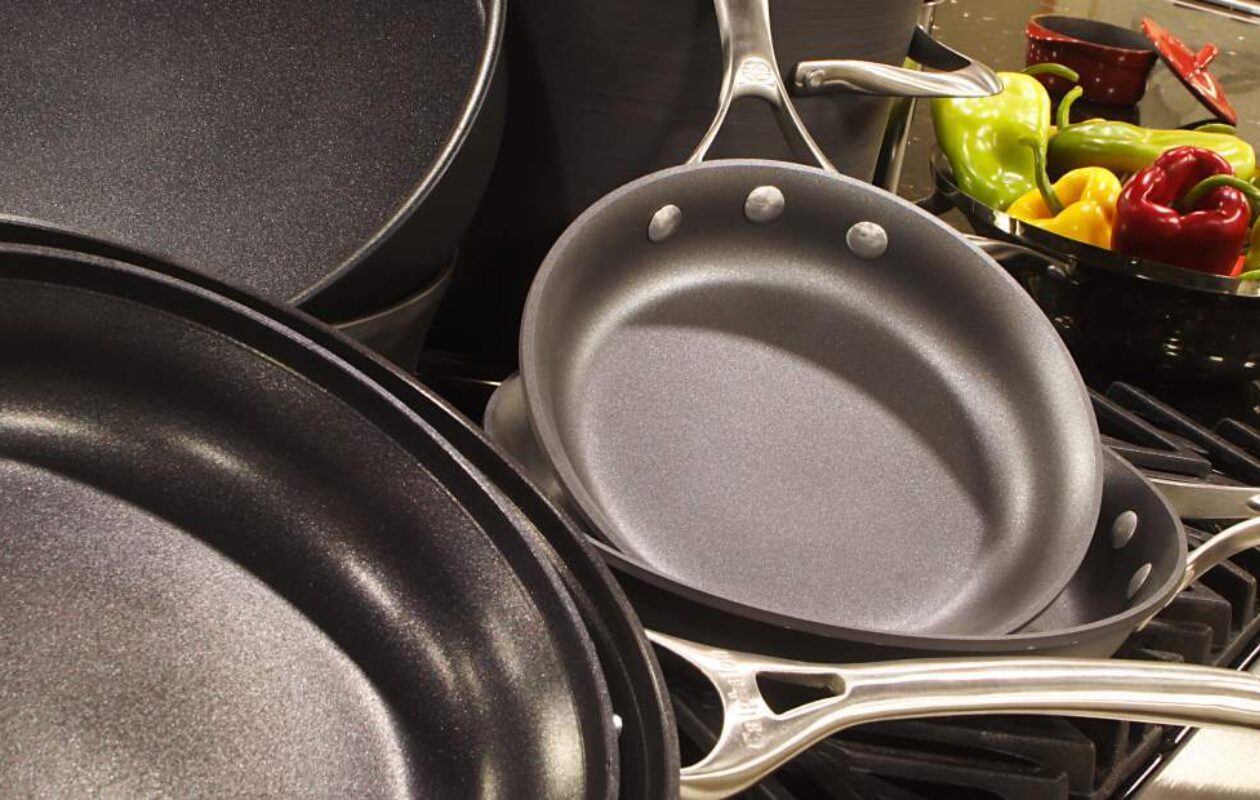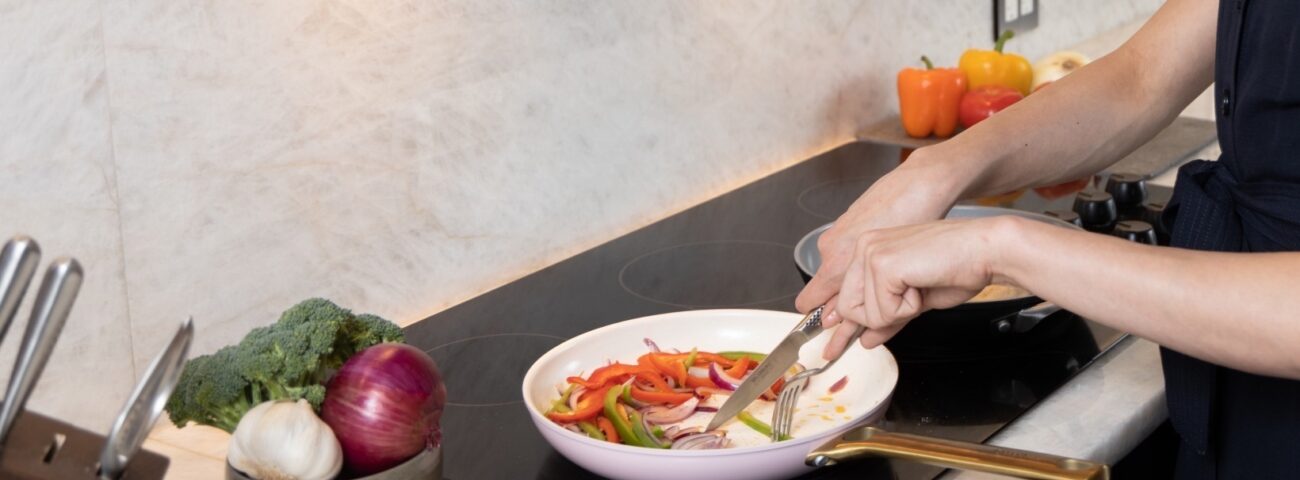Consumer Use and Care
Product-Wise
Products coated with GMM nonstick coatings are designed to be exceptional.
Below please find consumer instructions designed to make the coating last and last.

Cookware:
The coatings manufactured by GMM are designed for normal use in any kitchen, whether you are a professional chef or an occasional cook. The key thing to remember is to not overheat the pan, as this can cause severe damage to the cookware as well as the coating. In general, just keep an eye on the food you are preparing, and make sure that the cookware is not left on an open flame without any food or liquids inside the pan for an extended period of time.
GMM coatings are designed for use for operating temperatures well above anything that should be seen in a normal kitchen, so use your best judgment and things should be OK. Some foods may stain the metal surface but will not affect the nonstick performance at all.
While cooking, do not be afraid to really scrape the surface of your pan--the coating is very durable and will not scratch unless you really apply pressure with a sharp metal utensil. Most consumers use plastic or wooden utensils, and this unquestionably will extend the life of your nonstick cookware. Again, use your judgment and your cookware should last for years and years.
After you are done cooking, you can wash the pan in the sink or in the dishwasher, the coating will take either process very easily. Also, over time slight surface marks are totally normal and will not affect the pan's performance or durability in any way.
If, over time, you notice that there are slight chips in the nonstick surface and you wonder if you actually ate these flakes, please do not worry at all. GMM nonstick coatings are totally organic and made with materials that have been 100% approved by the FDA. Please see our "Environmental and Safety" section for more information.

Bakeware And Electrical Appliances
For best results, do not use very sharp edged metal utensils. Most metal spoons and spatulas are safe to use. Avoid pressing down hard on the pan when metal knives, forks, or pizza cutters. Do not use sharp or serrated knives, as they may cut through the nonstick coating. With normal use, the highly engineered coating will prevent scratches from penetrating through to the metal. Slight surface marks are normal and will not affect the pan's performance or durability.
Bakeware coated with GMM nonstick is dishwasher safe; however for best results hand wash in warm, soapy water. Rinse and towel dry. Try and avoid dishwasher tablets; the concentrated cleaners may damage the finish. Avoid cleaning with very abrasive cleansers or sharp scouring pads--try and only use products which are labeled "safe for cleaning nonstick surfaces." Some foods may stain the metal surface but will not affect the nonstick performance at all.
For electrical appliances, make sure that you condition the surface of the pan with a small amount of oil before you begin to cook. Though the coating is very slippery and will release food easily, the conditioning process really does help the product last for years and years.

If Food Sticks...
GMM nonstick coatings are designed to have optimal food release. This means that you should be able to take your pan straight out of the box, fry an egg, or bake a cake, and have it release right into your plate. Of course, sometimes this is not the case. If your food sticks, you can condition the pan by placing a small amount of oil or butter on the surface of the coating and wiping it around with a dry cloth. After this process, wash the pan with detergent and dry--this will normally solve any issues with any food sticking.
If after the above process, food still sticks, it may be because not enough coating was put on your pan due to a very rare mistake in the manufacturing process. In this case please contact the manufacturer of the cookware to get a replacement. Most cookware companies offer immediate replacement of their products for a period of years, or in some cases up to the life of the cookware itself. However, this problem is very rare and most of the time conditioning the pan will solve the problem.
Feel free to send us your thoughts and ideas on how we can make your experience at our website better!






